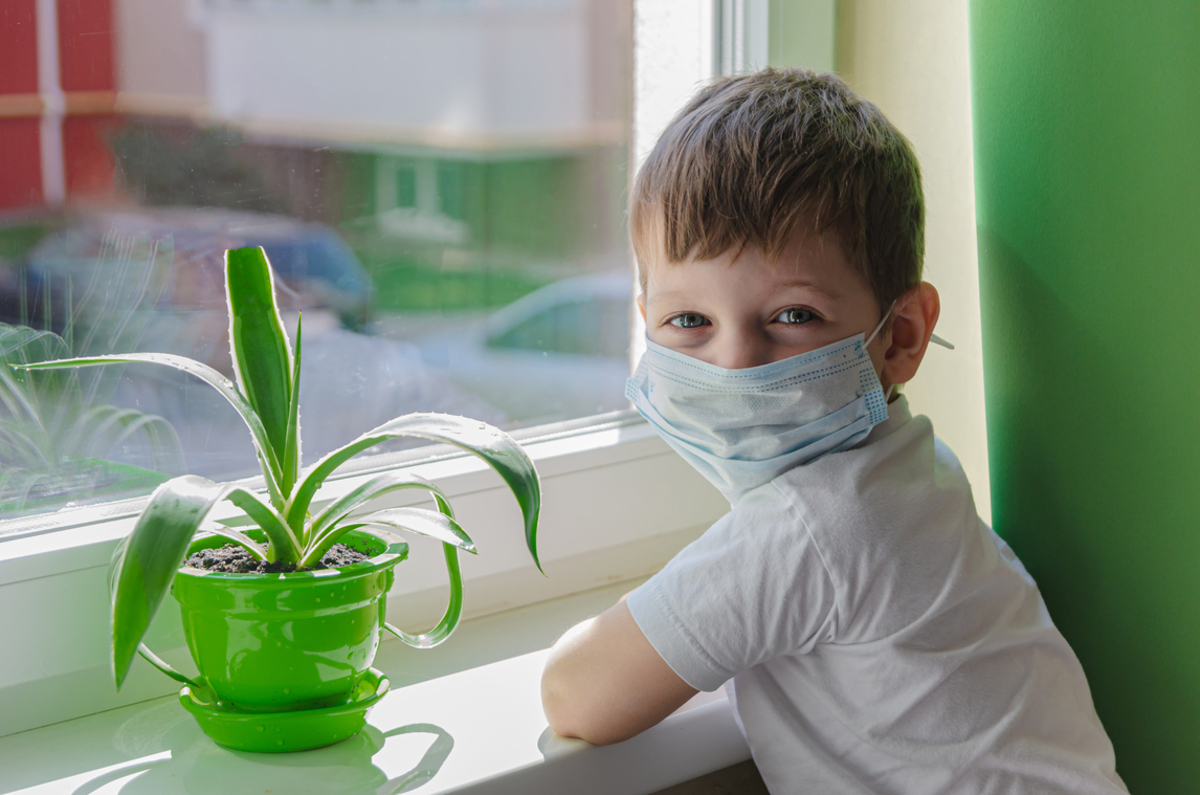While the worldwide number of the novel coronavirus cases is slowly reaching two million, many governments have instated curfews or recommended physical and social distancing.
More and more people are working from home. Festivals and other events have been canceled. Even schools are closed, forcing many families to become homeschoolers overnight because of COVID-19. All these efforts are designed to slow the spread of the disease and flatten the curve, to allow healthcare systems to prepare and deal with increasing numbers of COVID-19 patients.

Although data shows that most children who contracted COVID-19 seem to show much milder symptoms than adults, it’s important to mention that children are not safe from the virus. They can also be carriers, so children should follow the same self-quarantine rules as adults.
However, this may present a challenge on its own.
With families now spending the majority — if not all — of their time at home, it’s becoming increasingly hard to maintain healthy everyday habits, such as physical activity. As you probably know, physical activity provides numerous health benefits, with cardiorespiratory and muscular fitness being crucial for child development. Having in mind that cardiovascular diseases are still the leading cause of death worldwide, it is vital that children get used to practice physical activities regularly.
On the other hand, one of the main public health problems of the 21st century is childhood obesity, mainly due to a frantic routine we’ve succumbed to, where excessive intake of unhealthy food high in fat and sugar, put together against a sedentary lifestyle, pave the way for cardiovascular diseases and diabetes later in life.
How to plan your children’s physical activities?
Physical activities don’t necessarily involve only exercise and sports. Even chores, playtime, and recreation can count as a part of it, as long as the child is active. Daily recommendations for children aged five to 17, according to the WHO, involve at least 60 minutes of moderate to vigorous activity every day.
Most of this should preferably be aerobic — such as running, riding a bike, or any type of activity involving muscle movement and heart and lung activity. This way, children simultaneously work on their strength, flexibility, and endurance.
How does lack of physical activity affect children?
Self-quarantine, imposed as a precautionary measure to reduce COVID-19 transmission, unfortunately leads to a decline in overall physical activity, due to the sheer impossibility to get outside. The time children would usually spend outside is now mostly spent indoors, typically in front of the TV or lying down playing with their phones. The result — spending much less energy, or many fewer calories, than originally gained via food intake.
Besides weight issues, the lack of physical activity may lead to posture issues (such as scoliosis), problems with circulation, type II diabetes, and even premature death. On the other hand, regular physical activity, besides better circulation and thereby more oxygen supply to the brain, provide the increase in muscle and bone density, thereby providing greater tolerance of stress, both physical and emotional (to a lesser extent).
As you can see, regular physical activity in children doesn’t only play a role in physical health of the kids, but also improve brain capacities, shaping your children as a whole, preparing them for what tomorrow may bring.
Quarantine is not an excuse to neglect regular physical activity
Staying at home doesn’t mean that you can’t exercise regularly.
Even if you don’t own a back yard, you can still practice stretching, balance, and strength in the comfort of your own room.
Exercises like squats, sit-ups, pushups, and yoga do not demand much space, and if you’re unsure if you’re doing these the right way, fortunately there are countless tutorial videos on the internet, which can also tell you which exercise is good for your needs, and help you plan the entire training. An even better idea is to include the whole family in these activities, and besides the health benefits, you also create positive atmosphere for family bonding, thereby simultaneously maintaining your mental health.
Fortunately, the pandemic will eventually end, and children will go back to their regular outdoor activities and social interaction. However, the lack of physical activity during quarantine can lead to numerous negative effects regarding your child’s development, and all of these issues must be approached and dealt with carefully, in a timely manner.

